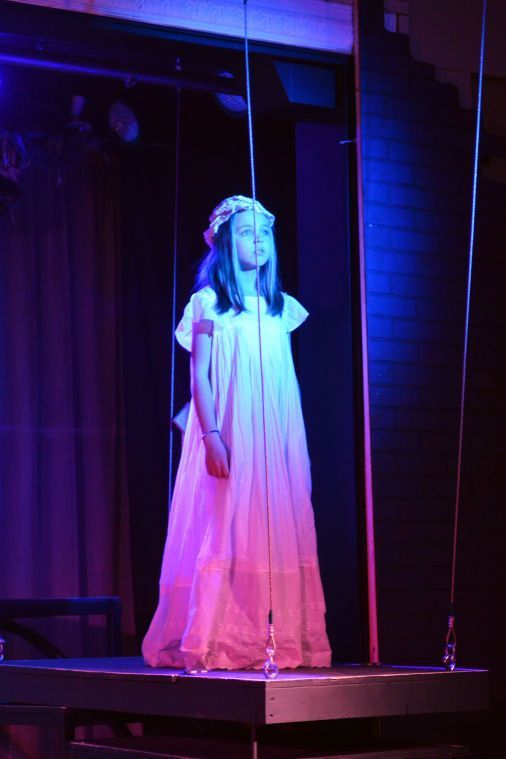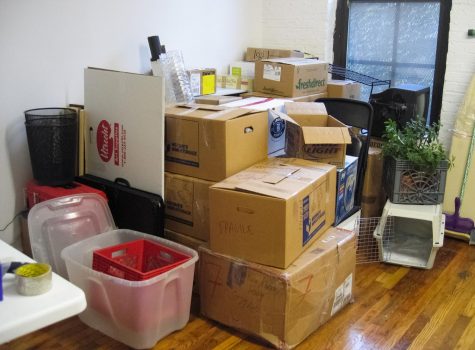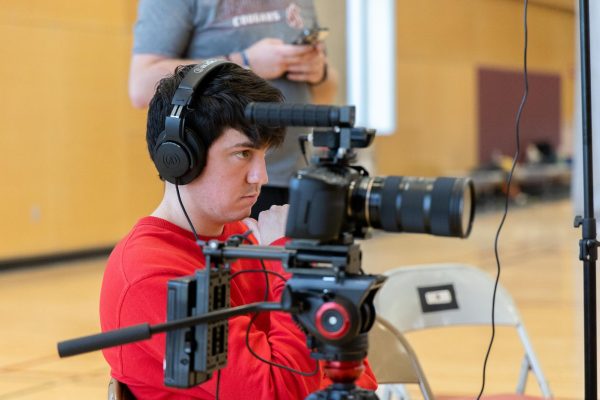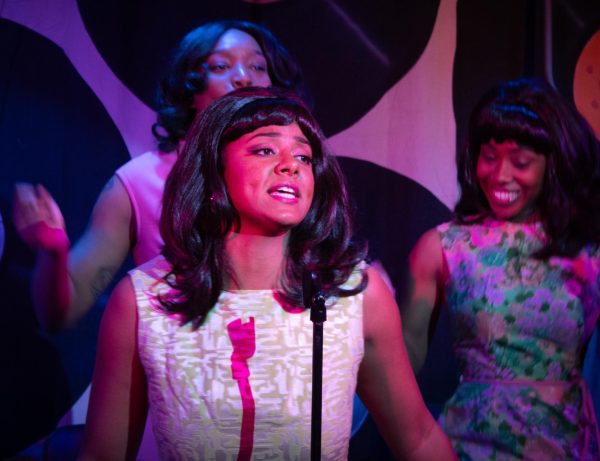Hear the people sing
March 31, 2014
Thursday, a former criminal will be set free from a twenty year prison sentence and spend the rest of his life seeking redemption on the stage of Pullman’s Regional Theatre of the Palouse (RTOP).
Set years before and at the dawn of the French Revolution, “Les Misérables” began as a novel by Victor Hugo. The story became so popular it was turned into a Broadway play and later a movie starring Anne Hathaway and Hugh Jackman.
“Les Mis inspires hope,” said Kelli Barham, who holds the roll of both music director and Fantine, a lead in the musical. “As much as we see going on in the world, when you look at ‘Les Mis’ you see that there are people fighting to end that.”
The play focuses on the story of former criminal Jean Valjean, and the various subplots of other characters involved in his development.
These subplots include the love triangle among Marius, Eponine and Cosette. Audience members will track Inspector Javert’s relentless search and witness the revolutionary attack by a group of youths led by student Enjolras.
“It’s a very moving story,” said Paul Hanes, who plays Inspector Javert. “All the individual characters are going through some very real problems that I think are very relatable today.”
Brittany Wilcox, a University of Idaho freshman who plays Eponine, said she has encountered people who seemed surprised that RTOP decided to do “Le Misérables” because they associate it with being a big production for a big stage.
RTOP’s stage isn’t as spacious, being smaller than Daggy Hall’s own Wadleigh Theatre space. People sitting in the front row will get close and personal with the actors onstage, Hanes said.
He said his gestures and facial expressions become more real, intimate and less melodramatic because he is so close to those seated in the front row. When doing a show like this on a larger stage, an actor must show their emotions in a way that the people in the nosebleed section will see.
Due to this challenge, Hanes said he had to figure out ways to rethink and downsize his movements so they looked controlled instead of clownish, which required the cast to be more focused and professional.
Director John Rich claimed that with a little imagination one can do anything on a small stage. People might think the show is huge when in reality it is very intimate, he said.
“I was a little surprised,” Hanes said. “But I have been amazed by what the technical crew have been able to do with this.”
RTOP’s production, according to Rich, is a highly technical show. Utilizing the full potential of lights, sounds, costumes and special effects, the creative staff could work through the challenges.
Some techniques used included darkening lights for the prison scene to induce emotion and using a background projection to show time transitions and portray a setting. The first act alone has 18 scene changes.
“It really is a huge show,” Rich said. “I can see how it blended well to make it into a film with so many locations.”
“Le Misérables” left fans humming “Do You Hear the People Sing?” under their breath. Music for the show hasn’t been much of challenge since the theater uses a soundtrack instead of a live band.
However, Barham said she was worried about the singers’ capabilities and asked the cast to come in to an early rehearsal and sing through the first act.
“It was a really exciting experience for me,” Barham said. “There was very little that I had to do.”
Much of the cast had prior knowledge of the show before coming in. Wilcox said she felt connected to the show ever since she saw it at 5th Avenue in Seattle, and Eponine was her dream role.
Due to “Les Misérables’” prominent popularity, RTOP decided to add an extra two showings to compensate for the previous showings that had sold out. The musical will be playing April 3, 4, 5, 9 – 12 at 7:30 p.m. A 1:30 p.m. matinee will be available on April 5, 12 and 13 as well. Visit rtoptheatre.org for more information.





















